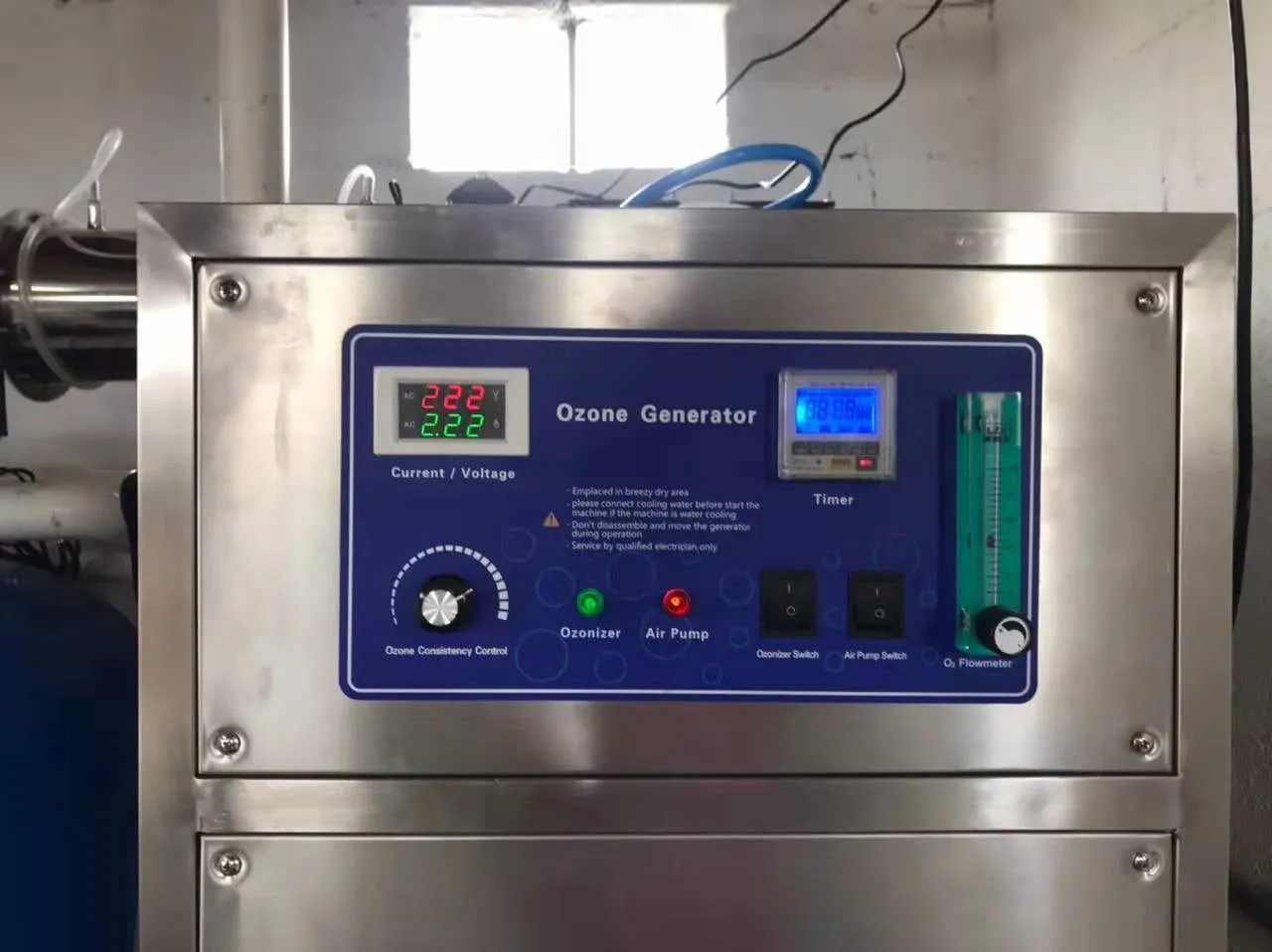Home > ozone for drinking water
Municipal water companies have used ozone technology to treat large quantities of water for many years because of its effectiveness in purifying and conditioning water. Because ozone can be added at the point of water treatment and naturally reverts back to oxygen, it can keep water sanitized throughout a facility.
In the bottled water market, maintaining an optimum level of ozone at the filler is critical. If the ozone level is too high, plastic bottles may develop an aftertaste. If the level is too low, bacteria spores hidden in the water, inside the plastic walls or closure device could recover and easily contaminate the entire product.
The International Bottled Water Association (IBWA) recommends that ozone be applied in the 1.0 to 2.0 milligram per liter (mg/L) range for a period of four to 10 minutes contact time to safely ensure disinfection. Application at this level helps maintain a 0.1 to 0.4 ppm residual ozone level at the time of bottling. This provides an additional safety factor because the bottles can be disinfected and sanitized while filling it with product.
Water charged with ozone also is suitable for rinsing and cleaning bottles and disinfecting production equipment. This reduces the potential for bacterial growth in unchlorinated water found within the distribution system. It also reduces the amount of clean-in-place (CIP) required to keep the operation disinfected. Many plants have started incorporating an ozonated cap and bottle rinsing system.
Ozone is particularly effective when used in conjunction with other water treatment processes. By using reverse osmosis and nanofiltration or ultrafiltration, organic precursors and inorganics such as bromide can be removed from water before ozone is used. With this configuration, 99 percent of naturally occurring organic materials such as lignin, humic and fulvic acids can be removed, reducing the amount of ozone necessary to disinfect the water. Another benefit is that ozone will not lead to the formation of harmful trihalomethanes (THMs), which are formed when chlorine is added to raw water containing humic materials.






Because ozone is so reactive and is a powerful biocide, it is used as the most powerful oxidizing agent permitted to be used on human drinking water. It is more than 50% stronger than simple chlorine treatment, and it works more than three times as fast. This is due to the incredibly damaging effect ozone has on biological life. It weakens the cells of living tissue and causes immediate cell death.

